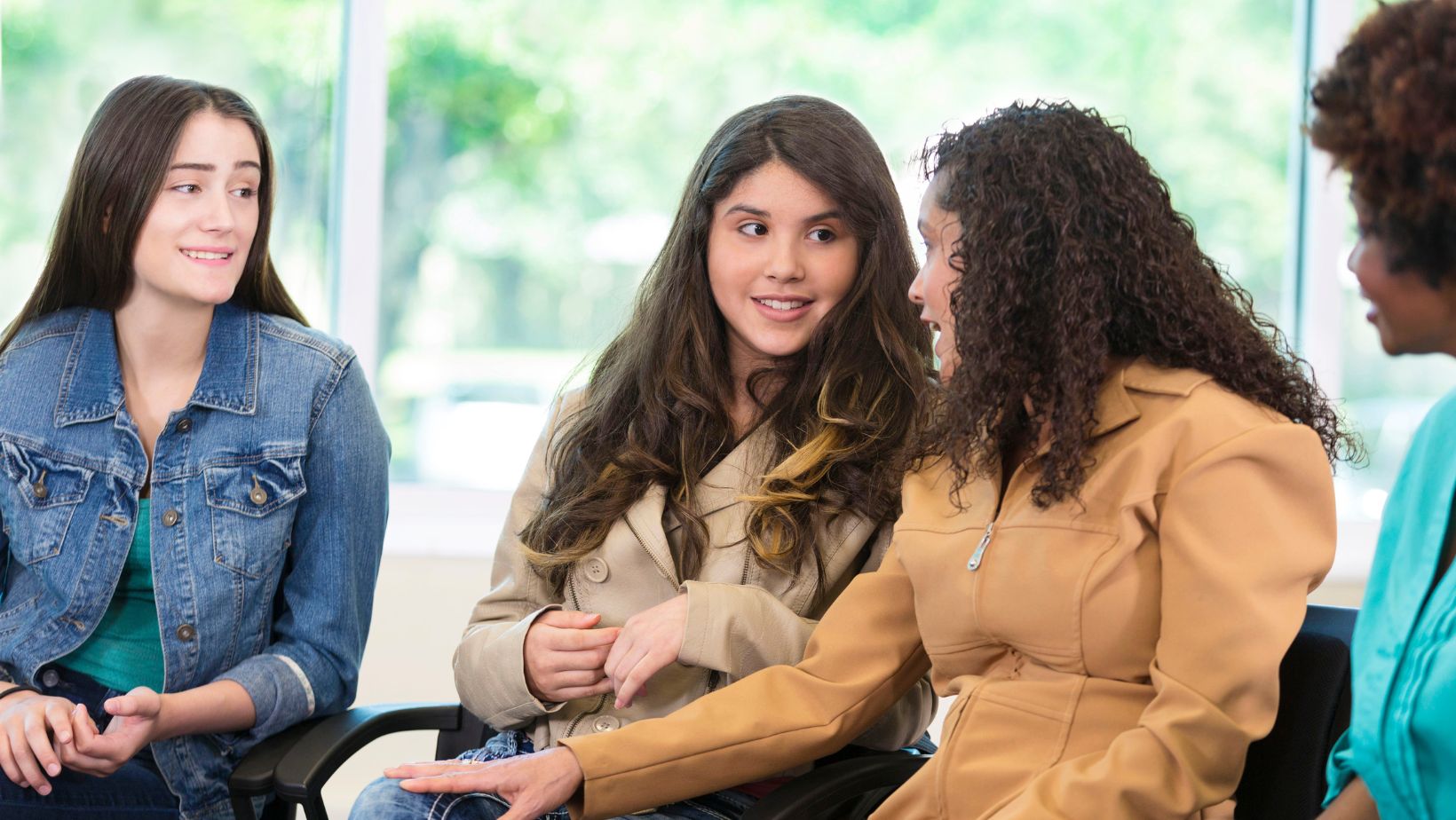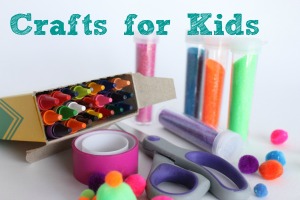
Getting your license feels like freedom. And it is — until you realize the road comes with responsibilities you never learned in driver’s ed. If you want to stay safe and build real confidence behind the wheel, there are a few things you should know upfront.
Here are six essential truths every new driver needs to be aware of — not just to pass the test, but to stay safe in real life.
- You’re Sharing the Road With Unpredictable People
It’s easy to assume other drivers will follow the rules, but they won’t. Some will cut you off without signaling, while others will run red lights or tailgate in the rain.
Your job isn’t to control other drivers, but rather to expect the unexpected. Stay alert, leave space, and anticipate worst-case scenarios. If you’re approaching a green light and someone’s inching forward in the cross street, ease off the gas just a bit. And if a car’s been weaving through traffic, give them space to get ahead of you.
Let’s be clear about one thing: Defensive driving doesn’t mean driving scared. It means staying in control, no matter what other people do.
- Weather Changes Everything
Dry pavement is one thing. Add rain, snow, fog, or ice — and it’s a whole different ballgame.
As a new driver, you might not feel the difference until it’s too late. That’s why you need to be proactive.
- Slow down earlier
- Turn gently
- Double your following distance

If visibility drops, flip on your headlights (even in daylight). You want to be seen as much as you want to see. It’s also a good idea to keep an emergency kit in your trunk with a flashlight, jumper cables, blanket, and some basic tools. You may never need it, but if you do, you’ll be glad it’s there.
- You Need to Know the Most Common Causes of Accidents
Accidents don’t just “happen.” In most cases, they follow predictable patterns. Distracted driving, speeding, tailgating, drunk driving, and failing to yield are the top culprits. If you know what causes crashes, you can make a conscious choice to avoid those behaviors.
But here’s what most people won’t tell you: The consequences of a crash don’t end at the scene. Whether you caused it or you’re the victim, an accident can trigger a mess of insurance claims, medical appointments, legal headaches, and financial stress. You might end up dealing with attorneys, auto body shops, and doctors for months. Some injuries can come back years later and continue to cause pain.
Driving is a privilege, and that privilege comes with real-world weight. Treat it with respect and do your best to stay patient and focused whenever you’re behind the wheel of a moving vehicle.
- Maintenance Isn’t Optional
Oil changes, tire pressure, brake pads, battery checks aren’t just busywork designed to eat up your time and drain your wallet. They’re what keep your car from breaking down or putting you in danger.
While you certainly don’t have to become a mechanic to maintain your vehicle, you should know how to do things like:
- Check your oil
- Fill your tires with air
- Jump-start a dead battery
- Replace wiper blades
Get familiar with the warning lights on your dashboard and don’t ignore them. A weird noise or blinking light might seem like no big deal…until your car stalls on the freeway or leaves you stranded in a parking lot at night. And while it’s tempting to put off regular maintenance to save money, neglect usually ends up costing more in the long run.
- Insurance is More Than a Form
If you’re a new driver, your insurance is probably expensive. That’s because you’re statistically more likely to be involved in an accident. But insurance should be seen as protection. It’s the thing that can save you from paying thousands out of pocket after a crash.
Make sure you understand your coverage. You should be able to rattle off answers to the following: What’s your deductible? Do you have liability or full coverage? Are you covered for uninsured drivers?
Talk to your parents, your agent, or someone you trust to walk you through the policy. And once you’ve got it, drive like someone who actually wants to keep those rates down.
- Every Ride is a Reputation
You might not realize it, but people notice how you drive. This includes your friends, your parents, and other drivers on the road. Even potential employers or dates, depending on where life takes you, could be watching.
If you’re someone who speeds through neighborhoods, ignores stop signs, or texts behind the wheel, it shows. People will assume you’re unreliable in other areas of your life, too.
On the flip side, if you consistently drive with care and confidence, it earns you trust. And that trust can extend beyond the road. How you handle a car says something about how you handle life.
Adding it All Up
Driving isn’t something you “master” after a few months. It’s a skill you keep refining over time. But no matter how much experience you gain, always remember that your goal isn’t just to get from point A to point B – it’s to get there safely, legally, and with enough awareness to protect yourself and the people around you.
Start with these six things. And no matter how long you’ve been driving, never stop learning.













 As a parent, you probably do everything in your power to keep your baby safe and healthy. You wash bottles, sterilize pacifiers, and make sure your little one gets all the cuddles and rest they need.
As a parent, you probably do everything in your power to keep your baby safe and healthy. You wash bottles, sterilize pacifiers, and make sure your little one gets all the cuddles and rest they need.  According to the
According to the 











 What makes something feel
What makes something feel  Some actors prefer certain kinds of scenes, positions, or partners. When they’re allowed to follow those instincts, you can often feel the shift in energy.
Some actors prefer certain kinds of scenes, positions, or partners. When they’re allowed to follow those instincts, you can often feel the shift in energy. Some fans demand specific fantasies or roles, forgetting that what arouses them might not align with the performers’ actual preferences.
Some fans demand specific fantasies or roles, forgetting that what arouses them might not align with the performers’ actual preferences.


















